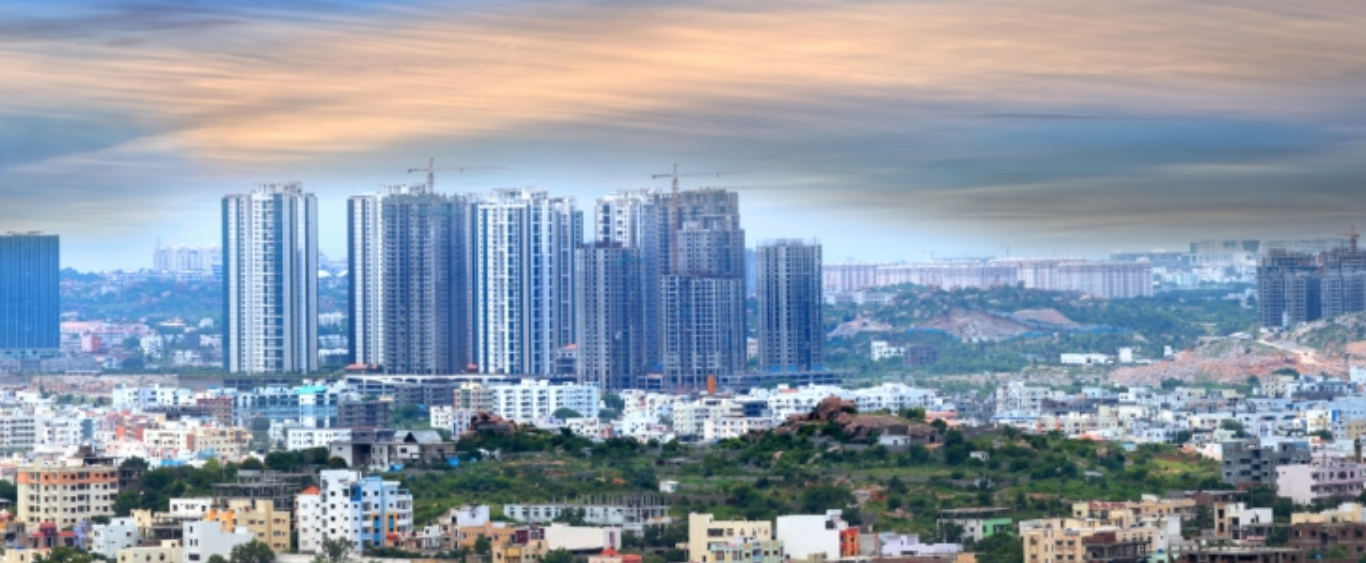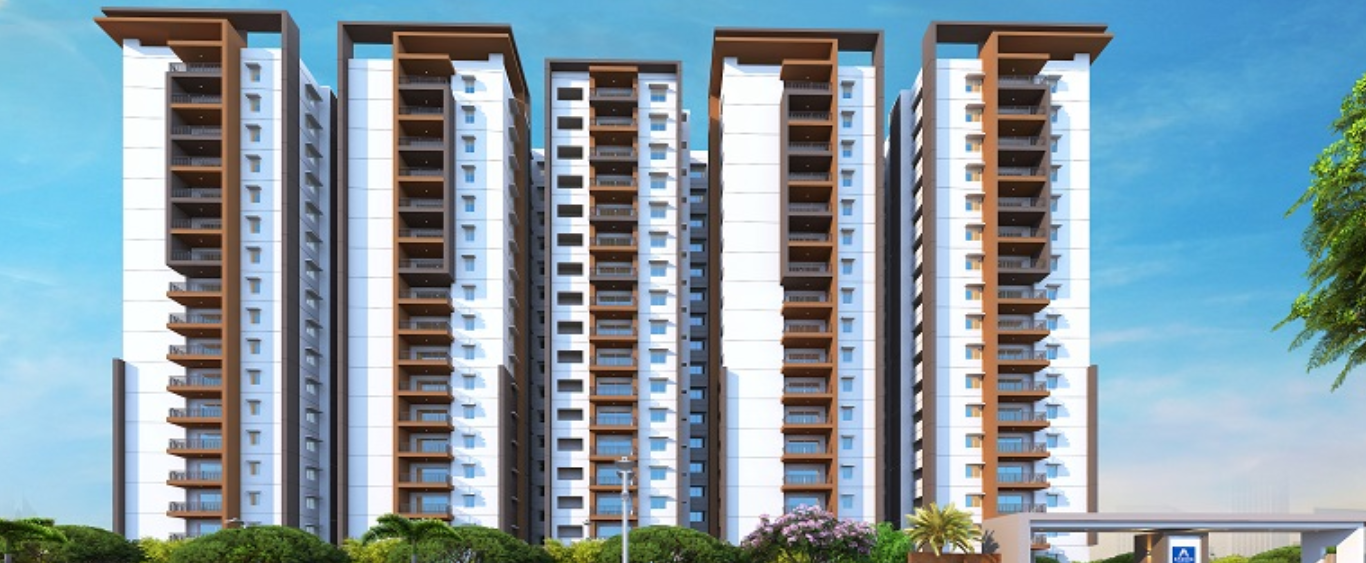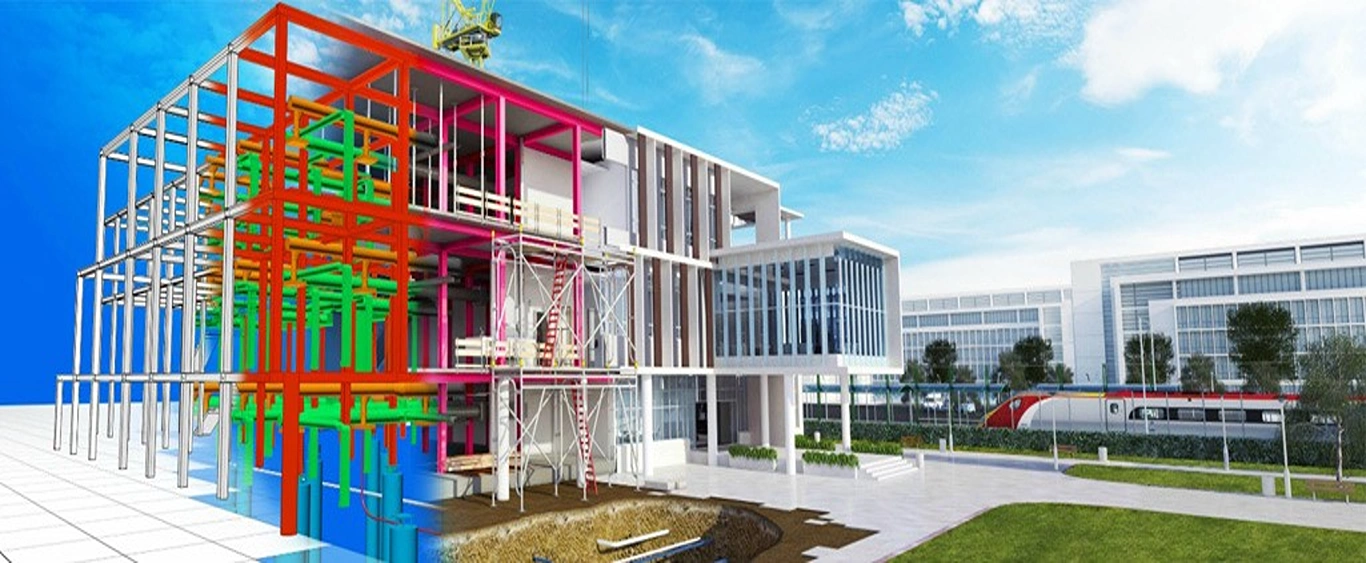Amaravati, the new capital of Andhra Pradesh, is touted to be a world-class model of smart capital cities. While it will be the fourth major planned state capital, after Bhubaneshwar, Chandigarh and Gandhinagar, it will be the first major Smart City in India as a state capital.
The Capital Region Development Authority, which is the planning authority for the upcoming capital city, has planned to have 9 sub-cities and three metro rail corridors. With a focus on sustainability, information and communication technology and innovation, strategic growth, quality and safety, the new smart capital city will create a range of economic and sustainable opportunities for residents.
Before a capital city can truly be smart, it must have the basic infrastructure firmly in place. Here is a look at how Amaravati is transforming into India’s first smart capital city.
Phase 1: Design
Utilising best practices from other international urban centres, Amaravati will be a prime model of smart city design and development. Amaravati is envisioned to be the gateway to India on the east coast, with exclusive zones for commerce, trade, knowledge, medicine and tourism. The layout of Amaravati covers 30 villages, spreading over 217 square kilometres. Amaravati has four national highways – one national waterway, one railway route, a fast expanding airport and a seaport in the vicinity.
Phase 2: Infrastructure
The second phase is to develop the city infrastructure across 217 square kilometres and establish the government complex consisting of the High Court and State Assembly Building. Global experts and governments will be actively participating in the development of the city.
The smart city framework will include fibre optic connectivity and automated infrastructure systems such as smart power grids. Amaravati will be constructed to efficiently manage its resources to avoid wastage including energy, water and garbage. Usage of resources will be continuously monitored to streamline their cycles.
The infrastructure will prioritise making travelling around the city easy for its residents as well as tourists. A Mass Rapid Transport System will connect all buildings. There will be an integrated network of 12 kilometres of Metro railways, 15 kilometres of Bus Transit Systems, 7 kilometres of Downtown walkways, 26 kilometres of arterial roads, and 53 km of collector roads. The wide roads will ensure ample space for pedestrians and cyclists.
Phase 3: Economic Development
Amaravati aspires to have the best-in-class smart and sustainable infrastructure, creating a vibrant, diverse and modern city for the people of Andhra Pradesh, and a compelling destination for global investments and talent. Setting a new international benchmark for global economic development, the city will offer high-tech and knowledge-based jobs, making it more globally competitive. Amaravati’s prime location puts it at the forefront of transforming the long coastline of Andhra Pradesh into a logistics hub of exports. Being a state capital and a smart city, Amaravati will attract interest from all industries. Accordingly, the city will have sub-cities based on major industries such as Health, Education and Entertainment.
Recommended blogs







